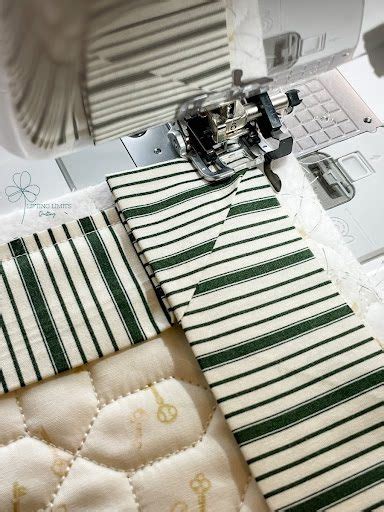How Wide Quilt Binding
Ronan Farrow
Mar 20, 2025 · 3 min read

Table of Contents
How Wide Should Quilt Binding Be? A Comprehensive Guide
Choosing the right width for your quilt binding might seem like a minor detail, but it significantly impacts the final look and feel of your beautiful handmade quilt. Too narrow, and your binding might look skimpy and insecure. Too wide, and it can overwhelm the quilt's design. This guide will help you determine the perfect binding width for your next quilting project.
Understanding Binding Widths and Their Impact
The standard width for quilt binding is generally considered to be 2 ½ inches. However, this is just a starting point. The ideal width depends on several factors, including:
-
The size of your quilt: Larger quilts generally benefit from wider binding for a more substantial look and better durability. Smaller quilts, especially those made with delicate fabrics, might look better with narrower binding.
-
The fabric weight and texture: Heavier fabrics may require a wider binding for a more secure finish. Lighter fabrics, such as cotton lawn, can be bound with narrower binding without appearing too flimsy.
-
The desired aesthetic: A wider binding can create a bolder, more contemporary look, while narrower binding provides a more subtle, classic feel.
Calculating Your Ideal Binding Width
While 2 ½ inches is a popular choice, it's often helpful to adjust this based on your quilt's scale and your personal preferences. Here's a simple calculation to guide you:
-
Consider your quilt's scale: Are the patterns and blocks large or small? Larger patterns can easily handle wider binding, while smaller patterns may require narrower binding to avoid overpowering the design.
-
Account for seam allowance: Remember that after folding the binding in half, you will need enough width to create a neat and secure seam along the quilt edge. You will need at least half an inch for the seam allowance on each side.
-
Experiment: Cut a test strip of binding and sew it to a scrap piece of your quilt. This allows you to visualize the final look and make any necessary adjustments before committing to the entire quilt.
Common Binding Widths and Their Uses
Here's a breakdown of common binding widths and their potential applications:
-
1 ½ inches: Best suited for small quilts, delicate fabrics, or a minimalist aesthetic.
-
2 inches: A versatile width that works well for a range of quilt sizes and fabric weights.
-
2 ½ inches: The most common and widely recommended width, offering a balance of aesthetic appeal and functionality.
-
3 inches or more: Ideal for large quilts, heavy fabrics, or a bold, contemporary look. This wider binding provides enhanced durability and stability.
Beyond the Basics: Double Binding
For added durability and a more professional finish, consider using double binding. This technique involves creating two layers of binding, each approximately 1 ½ inches wide. Sewing these together creates a beautiful, substantial edge that is exceptionally resilient.
Choosing the Right Binding Width: It's All About Balance
Ultimately, the "best" width for your quilt binding depends on your unique project, fabric choices, and personal style. Experimenting with different widths and considering the factors outlined above will help you achieve a perfectly finished quilt. Don't be afraid to step outside the standard 2 ½ inches and explore what feels best for your creation! Happy Quilting!
Featured Posts
Also read the following articles
| Article Title | Date |
|---|---|
| How Do Shunt Trip Breakers Work | Mar 20, 2025 |
| How To Wire Turn Signals Motorcycle | Mar 20, 2025 |
| How Do Boiler Heating Systems Work | Mar 20, 2025 |
| How To Tell Your Plastic Surgeon You Are Unhappy | Mar 20, 2025 |
| How To Tell If Water Damage Is New Or Old | Mar 20, 2025 |
Latest Posts
Thank you for visiting our website which covers about How Wide Quilt Binding . We hope the information provided has been useful to you. Feel free to contact us if you have any questions or need further assistance. See you next time and don't miss to bookmark.
